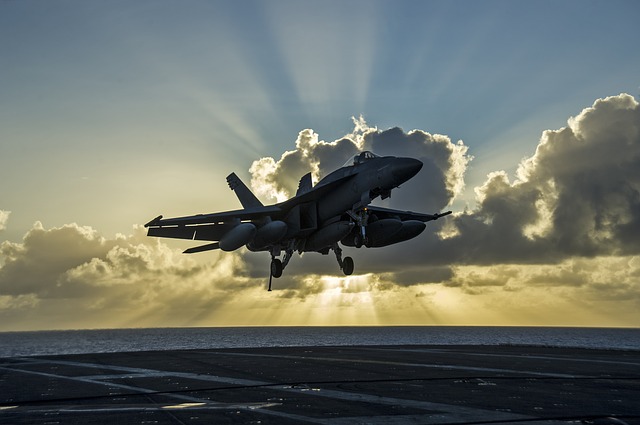
Project for systems complying with the CPCB Guidelines for Design & Construction of Bio-Medical Incinerators for the Indian Air Force
We were awarded a contract for the supply of 2 Haat incinerators to the Car Nicobar islands in the Indian ocean for use by the Indian Airforce. We had already supplied an incinerator to Andaman & Nicobar islands for use by the Navy. There was no problem in Port Blair for installation and commissioning or for service visits. These incinerators were to comply with the Central Pollution Control Boards’s (CPCB) Guidelines for Bio-Medical Waste Incinerators. Haat had supplied many such units throughout India particularly to the Indian Defence establishments as well as many large hospitals throughout the country and abroad. The CPCB Guidelines ensure incinerators of the best quality are installed and that they comply with operating and emission requirements. Haat has supplied nearly 50 such incinerators and many of them are now working for more than a decade.
In the case of Car Nicobar, we understood later on that many companies were unwilling to supply and install equipment here, except for a few local companies who were well versed with the conditions and requirements.
If one wishes to visit the Nicobar Islands (Car Nicobar, Little Nicobar, Great Nicobar and the Nancowry group of islands), one has to get a Tribal pass from the DC office (Andaman) or one has to be an islander or a Govt. officer (working in those islands). After getting the tribal pass, one has to travel to the islands by helicopter or a sea going vessel escorted by Air Force personnel. The movements of the visitors were restricted to certain areas only because no visitor is allowed to visit the areas occupied by the protected tribes. As a matter of interest, the Andaman and Nicobar Islands of India are home to certain tribes such as Negrito, Mongoloid Great Andamanese, Sentinelese, Jarawas and Onge. Islands of Andaman and Nicobar are the union territory of the government of India and inhabited by different tribes of Andamanese and Nicobarese and they are recognized as an Adivasi group in India.
The Andamanese peoples are estimated at between 250–400 individuals in the Andaman Islands in India. Onge group is distributed across little Andaman Island and are dependent on hunting and gathering for food. Jangil also known as also Rutland Jarawa tribes are regarded as extinct living in the interior of Rutland Island. Shompen of Nicobar Islands live in the interior of Great Nicobar Island. The Sentinelese are one of the known Paleolithic people who have no contact with the outside world. Sentinelese are indigenous people virtually untouched and uncontacted and are not in contact with the outside world. An American was killed by presumably this tribe in the Andaman and Nicobar Islands this year. The Indian government and the tribals do not want the outer world to disturb their peace and living.
If getting there is such an issue, what about the heavy equipment? We had to find barges to carry the incinerator and its allied equipment. All this took a lot of time, but eventually after considerable efforts and expenses, the equipment reached the site and installation started. We did not make provision in our schedule for the cyclonic weather in these parts! The cyclone came when we were installing the equipment and left the premises in a deluge. It had to be cleaned up and items repaired/rectified.
Finally the installation was completed and commissioning done to the satisfaction of the end user. It was a good experience to the Haat personnel as to how to cope with different circumstances and conditions. But all is well that ends well.
Please see CPCB compliant bio-medical waste incinerator


